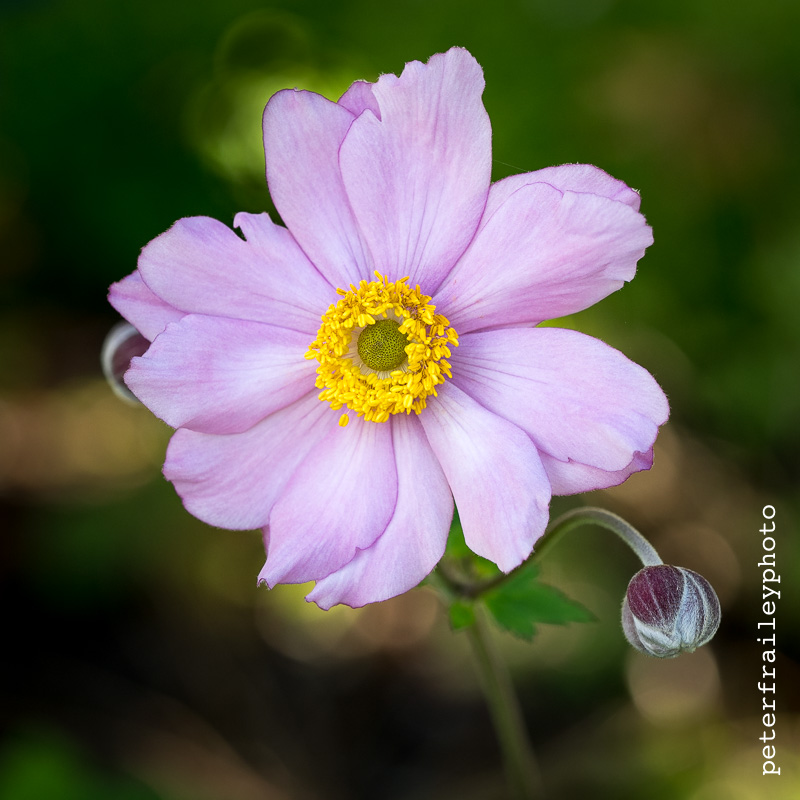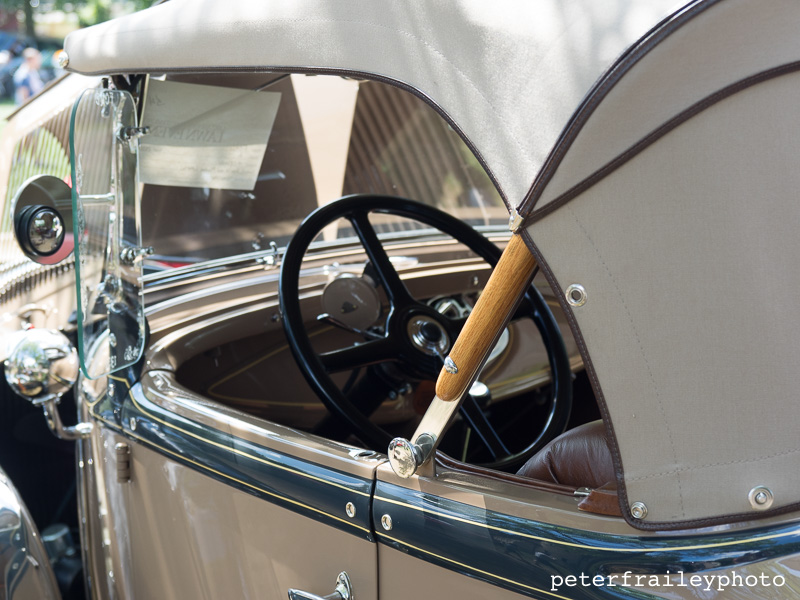Well, of course, not always is shade what you want. But I’ve learned to dislike bright sunshine when shooting flowers. Without clouds to diffuse the sunlight, the lighting is just too harsh. And even if you hold a diffuser between the sun and the flower with your left hand while holding the camera with your right hand, there is always the background that will be a mix of bright and dark areas. I find such a background very distracting, and improving it in Lightroom is time consuming, if not challenging.
So the story is that on Sunday I drove to our local botanic garden in hopes for some nice flowers and photos. The flowers were nice all right, with lots in bloom. However the overcast day that I was in hopes of having (for the diffused light) turned into a 100% sunny day almost as soon as I got there. I was not happy with any of the flowers I shot in the sunny conditions.
I did find one bed of pink flowers in the shade of some tall evergreen bushes. I like the image below. You will see that there a no deep dark shadows on the flower, nor bright or blown out highlights.
With my mFT cameras (Panasonic and Olympus) I generally hope for enough light to shoot at ISO800 or less, and at a minimum shutter speed of 1/250 to account for possible plant movement. It is also be nice if I can get away with a aperture as small as F8, though I typically shoot wider open than that. I might use F8 (on mFT) for the depth of field, but all too often F8 brings too much of the background in focus.
 |
Pink Flower
Panasonic GX80/85 with Olympus 60mm F2.8 Macro
1/160 sec, F4, ISO 200 |
This photo was taken at 1/160sec, F4 and ISO200. It looks like I was shooting in aperture priority and neglected to see that the shutter speed was below my target minimum of 1/250 sec. Nevertheless 1/160 was quite adequate for the day’s wind conditions. Also, I was able to hold the camera very steady because I was sitting on an 8” stool with my elbows on my thighs.
But notice that although the flower was in shade, the background was not in the shade and was a bit blotchy with dark and bright spots... which I find annoying. I did, however, use the radial tool in Lightroom to darken the area outside of the flower.






































